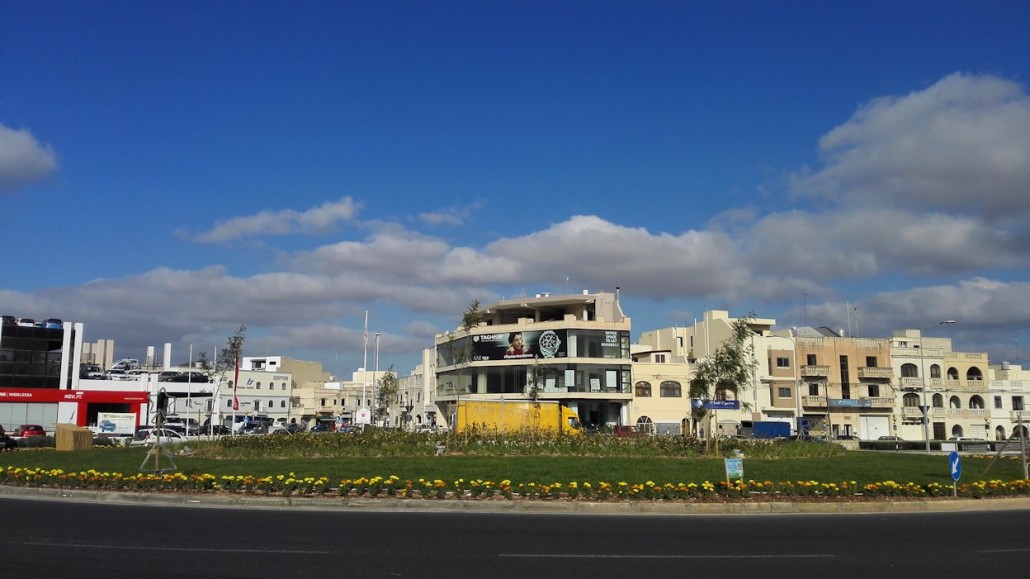
Luqa used to be a very quiet village until the approach of the aviation era and the industrial development of the Maltese Islands.
With the introduction of the Civilian Air Traffic, Luqa Airport gained importance. The airport itself brought many advantages to Luqa but it also acted as a magnet to air raids during World War II. In fact Luqa was devastated and very few buildings remained intact during the war.

HISTORY OF ĦAL-FARRUĠ
Before actually starting to talk about Ħal Farruġ which is a hamlet it is good to know about the origins of these hamlets in Malta. In the 16th century we find reference being made to a number of hamlets around Malta with the prefix Ħal in the beginning of their name. Later on most of these hamlets disappeared completely with just an area of land still carrying the name of that particular hamlet. Those which still existed evolved in villages swallowing the hamlets that existed around them. Example of these hamlets are Ħal Kbir, Ħal Dwin, Ħal Dragu, Ħal Millieri.
In the description given by Dusina it is mentioned that the Church of Our Lady of Victories had an altar, internal paving and wooden doors. One must remember that the pastoral visit took place 10 years after the Great Siege which meant that most of the buildings had been robbed by the Turks who were stationed in Malta during that Summer. The chapel is described to have three arches and of a rectangular shape. By the time the chapel had the addition of a sacristy and in 1885 the façade was rebuilt in a different style by the architect Andre Vassallo. The Church had to be demolished to accommodate the new runway in 1941.
In the times of the British occupation Hal Farrug formed part of an extensive complex of buildings intended to support the airport as well as serving as residences for the British servicemen. In 1979 when the British closed their base they passed all the service buildings to the Maltese Government which in turn passed it for residences.
POPULATION STATISTICS
According to the list of persons registered with the then “Id-Dejma” for the year 1419-1420, the number of male officially enlisted coming from Luqa totalled to 27 persons. In that particular year the population of Luqa together with that of the hamlet of Hal Farrug reached to 160.
The population of Luqa was generally made up of farmers and masons. The latter category of inhabitants, in the fifteenth century was mainly engaged in the restoration of the Mdina fortifications without receiving any payment in return.
Moreover, it is also said that inhabitants of Luqa were deeply involved in the construction of Valletta, under the supervision of Architect Demain Taliana who was also a resident of Luqa.
By the year 1646 the population of Luqa increased to 1,082. This trend continued until 1676 when the number of inhabitants decreased drastically because of the plague that hit the Maltese islands. However, since 1830, the up-going trend of the population had been maintained. This can be substantiated by the following data:
1921 – 3,607 persons
1931 – 4,059 persons
1948 – 4,318 persons
1957 – 5,382 persons
1967 – 5,413 persons
1985 – 5,548 persons
2005 – 6,208 persons
The Census made in 1985 established that the village of Luqa had an area of 6,280 square kilometres.
